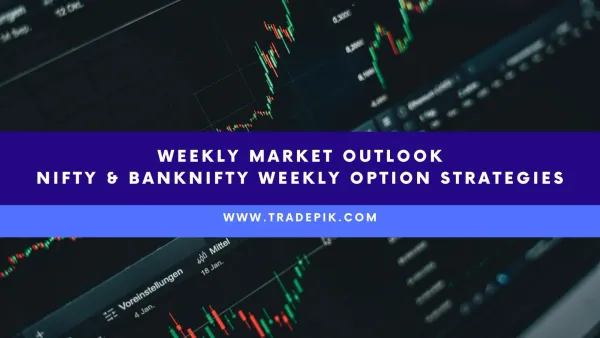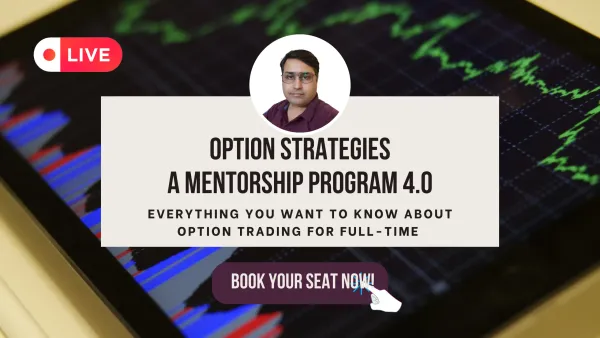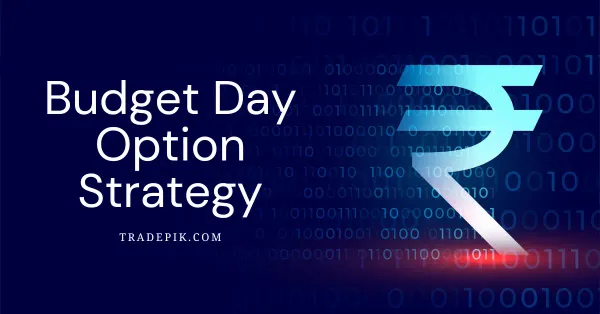Trading Psychology, The 14 Stages of Investor Emotions
Trading Psychology, The 14 Stages of Investor Emotions
Posted by Sean Hannon | Last modified on Apr 26th, 2011 | Published May 14th, 2009
Efficient markets are based on the assumption that rational people enter transactions with the intent to maximize gains and minimize losses. While this theory is sound, most investors are not the purely rational robots that efficient markets rely upon. Instead, emotions often cloud our decision-making and prevent us from acting in a rational manner.
Knowing we can never conquer our inherent emotional biases, we should seek to understand the range of emotions we may experience as investors and how it affects our interactions with the market. A common market psychology cycle exists that shines light on how emotions evolve and the effect they have on our decisions. By understanding the stages of this cycle, we can tame the emotional roller coaster. The fourteen stages are

- Optimism– A positive outlook encourages us about the future, leading us to buy stocks.
- Excitement– Having seen some of our initial ideas work, we begin considering what our market success could allow us to accomplish.
- Thrill – At this point we investors cannot believe our success and begin to comment on how smart we are.
- Euphoria– This marks the point of maximum financial risk. Having seen every decision result in quick, easy profits, we begin to ignore risk and expect every trade to become profitable.
- Anxiety– For the first time the market moves against us. Having never stared at unrealized losses, we tell ourselves we are long-term investors and that all our ideas will eventually work.
- Denial– When markets have not rebounded, yet we do not know how to respond, we begin denying either that we made poor choices or that things will not improve shortly.
- Fear– The market realities become confusing. We believe the stocks we own will never move in our favor.
- Desperation– Not knowing how to act, we grasp at any idea that will allow us to get back to breakeven.
- Panic – Having exhausted all ideas, we are at a loss for what to do next.
- Capitulation– Deciding our portfolio will never increase again, we sell all our stocks to avoid any future losses.
- Despondency– After exiting the markets we do not want to buy stocks ever again. This often marks the moment of greatest financial opportunity.
- Depression– Not knowing how we could be so foolish, we are left trying to understand our actions.
- Hope– Eventually we return to the realization that markets move in cycles, and we begin looking for our next opportunity.
- Relief– Having bought a stock that turned profitable, we renew our faith that there is a future in investing.
Individuals clearly follow this cycle in their decision making process. Since broad indices like the S&P 500 are comprised of the decision of millions of individuals, we should expect index prices to track this pattern as well. If we are aware of the stage of the cycle we are experiencing at a given point in time we will have a greater grasp of how our emotions are affecting our investment decisions. This knowledge will help us manage our own investment portfolios as well as predict the next step for the broad market.
Sean Hannon, CFA, CFP is a professional fund manager.





